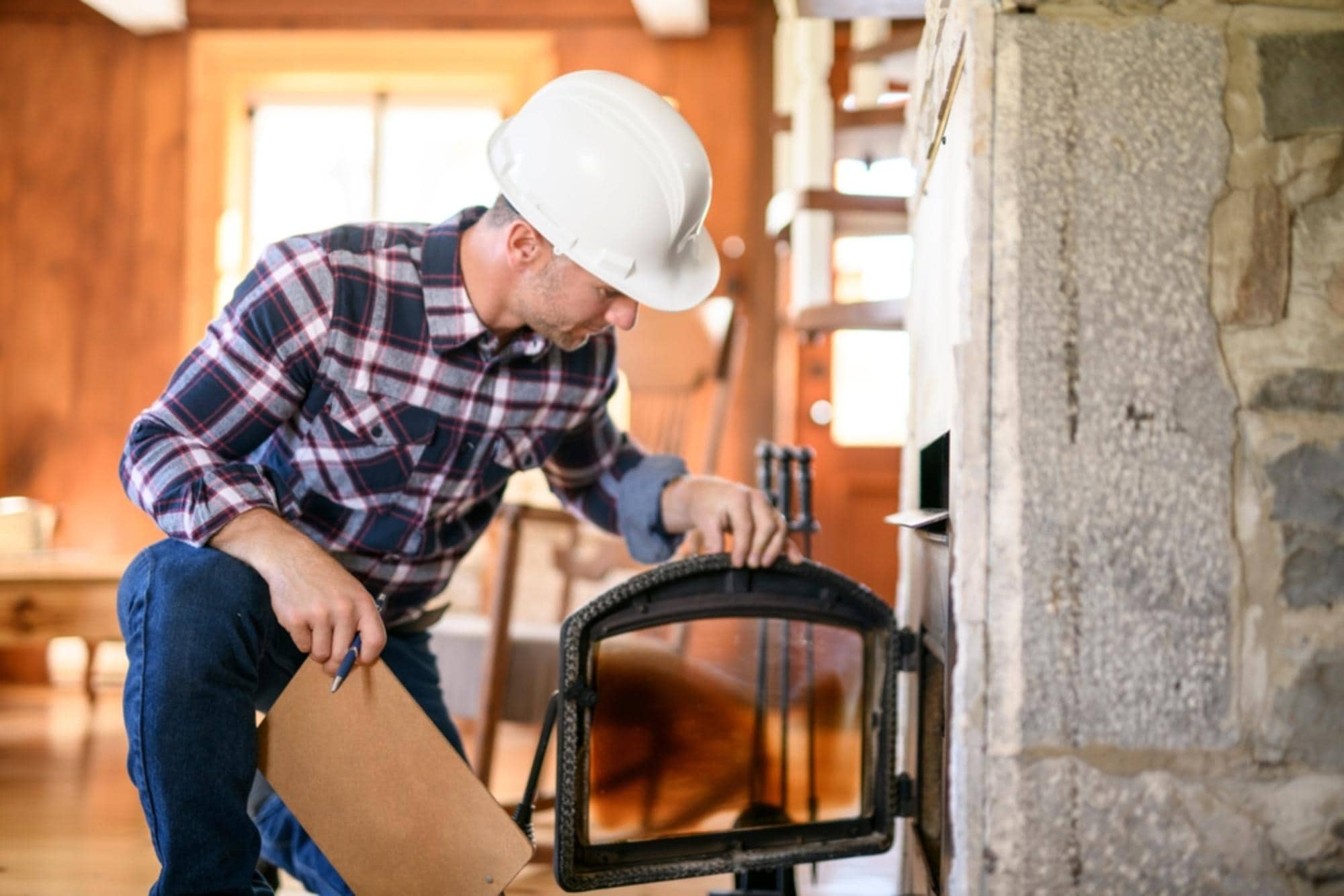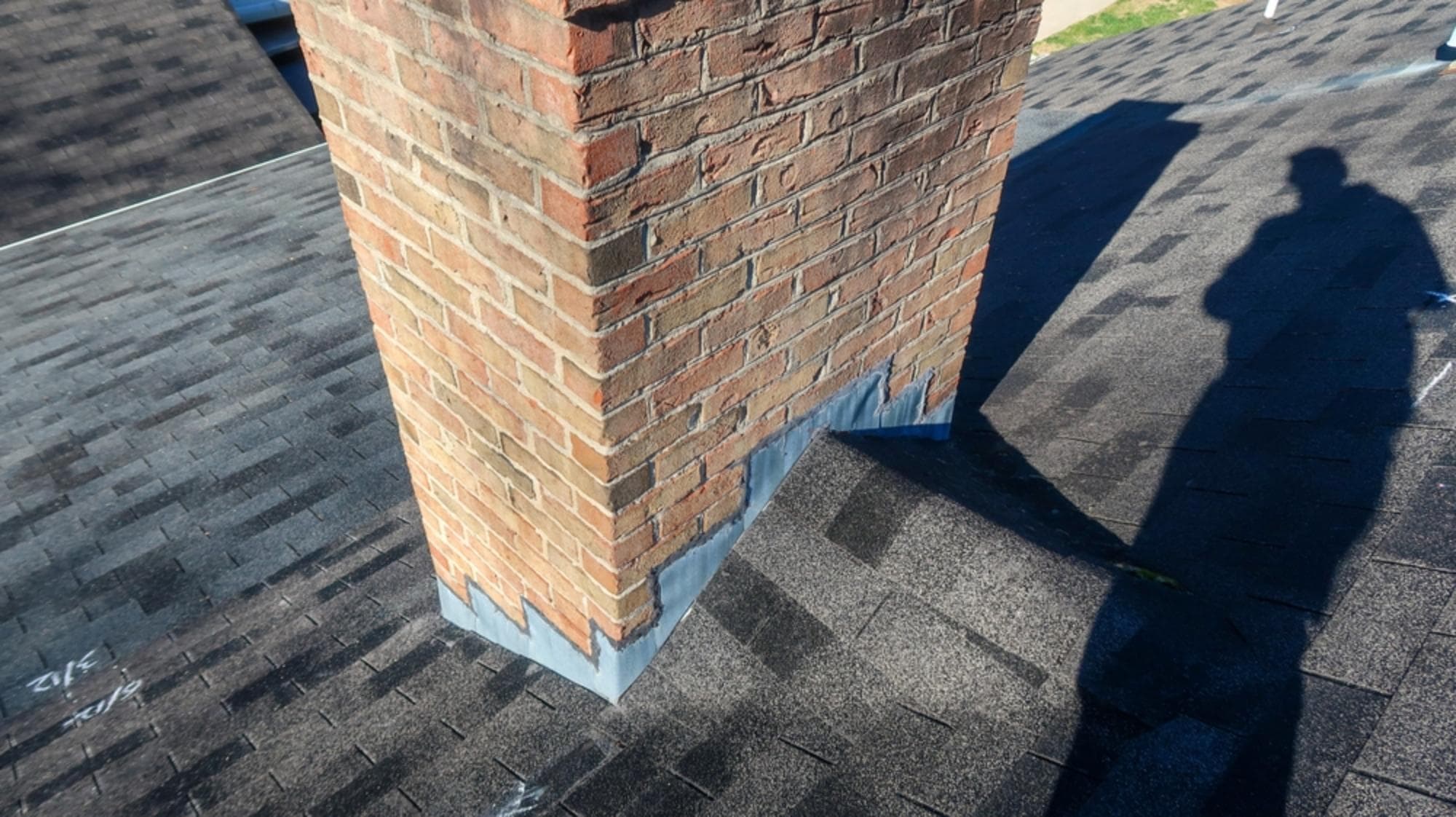Get the peace of mind you deserve with professional chimney inspection services that keep your family safe and your home protected.

Hear from Our Customers

You light that first fire of the season without worry. Your family gathers around the fireplace, confident in your home’s safety. No smoke backing up into your living room, no concerns about hidden damage, no sleepless nights wondering if everything’s okay.
That’s what happens when you get a proper chimney inspection. You’re not just checking a box – you’re investing in real peace of mind. When a certified professional examines every accessible part of your chimney system, from the firebox to the crown, you know exactly where you stand.
The difference between guessing and knowing is everything when it comes to your family’s safety.
Above and Beyond Chimney has been the trusted choice for homeowners throughout Eastondale and Bristol County for over two decades. We understand the unique challenges that Massachusetts chimneys face – from harsh winters that stress masonry to the historic homes with specialized construction that require expert knowledge.
Our CSIA-certified technicians know what to look for in every type of chimney system. Whether you’re in a colonial with a massive center chimney or a newer home with prefab construction, we’ve seen it all. We’re not just inspecting your chimney; we’re protecting your investment and your family’s safety.
Bristol County homeowners trust us because we do the work right the first time, every time.

We start by understanding your specific situation. How often do you use your fireplace? Any recent changes to your heating system? Any concerns you’ve noticed? This helps us determine whether you need a Level 1 or Level 2 inspection.
Next, we examine every accessible part of your chimney system. That means the firebox, smoke chamber, flue, damper, crown, cap, and exterior masonry. We’re looking for cracks, deterioration, blockages, or any signs of damage that could compromise safety or efficiency.
For Level 2 inspections, we use video scanning equipment to get a clear view inside your flue – areas that are impossible to see otherwise. This technology lets us spot problems that might be missed in a basic visual inspection.
You get a detailed report of our findings, complete with photos and clear explanations of any issues we discover. No technical jargon, no scare tactics – just honest information you can use to make informed decisions about your chimney’s care.

Ready to get started?
Your chimney inspection covers everything that matters for safe operation. We examine the structural integrity of your chimney, check for proper ventilation, and identify any code compliance issues that could affect your home’s safety or resale value.
In Bristol County, we see specific issues that come with our climate and housing stock. Many homes built before 1950 have clay tile liners that can crack from freeze-thaw cycles. Newer homes sometimes have installation issues with prefab systems that weren’t caught during construction.
We also check for animal intrusion – a common problem in our area where raccoons, birds, and squirrels find chimneys attractive nesting spots. A proper inspection identifies these issues before they become expensive problems.
Massachusetts requires chimney inspections for real estate transactions, and we provide the detailed documentation you need for smooth closings. Whether you’re buying, selling, or just want to know your chimney is safe, we deliver the thorough assessment you deserve.
